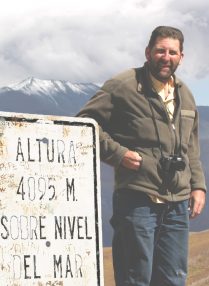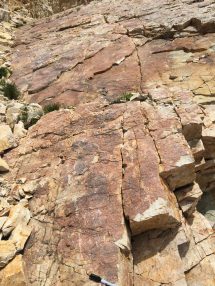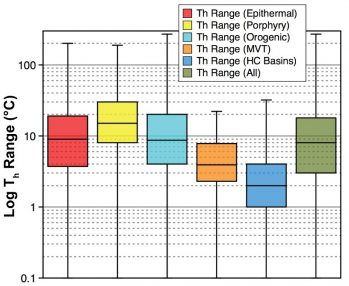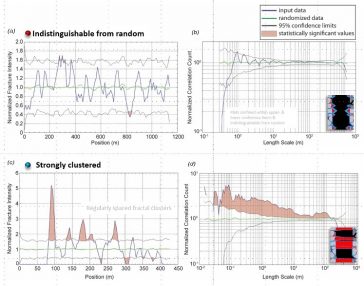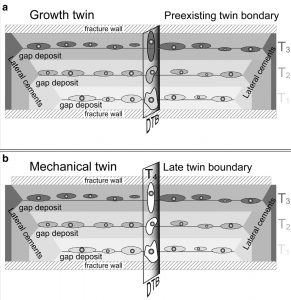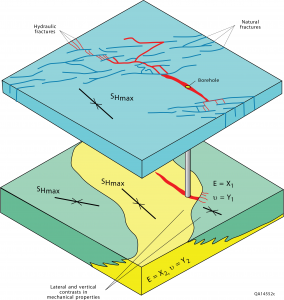science and society News
An initiative paper will receive the AAPG Petroleum Structure & Geomechanics Division Best Recent Paper Award at the 2019 ACE meeting in San Antonio in May. The paper, Correlation analysis of fracture arrangement in space by Randy Marrett, Julia Gale, Leonel Gomez and Steve Laubach was published in the March 2018 issue of Journal of…
Natural fractures, the more or less planar discontinuities in rock, include faults and opening-mode fractures, based on displacement direction relative to the orientation of the fracture walls. A considerable part of SDI research focuses on opening-mode fractures. These are particularly challenging for reservoir simulation because they are difficult to sample and commonly below detection limits…
The history of the pressure, temperature, and composition of fluids is fundamental to understanding how the Earth works. This type of information is also of great practical value to ore deposit and hydrocarbon exploration. Such thermometric data is obtained from minute amounts of fluids trapped by various natural processes within minerals. Analysis of fluid inclusions…
Natural fractures are increasingly recognized to result from processes that couple mechanical failure and chemical reactions. Chemical reactions aid fracture growth through stress corrosion, whereas sealing, tip blunting, and crack-jump in response to chemical mass transfer and creep processes can impede further fracture growth and alter size and spacing patterns. Chemical-mechanical interactions affect spatial and…
Andras Fall, Esti Ukar and Steve Laubach recently reported on using combined scanning electron microscope-based cathodoluminescence (SEM-CL) and electron backscattered diffraction (EBSD) image analysis with fluid inclusion microthermometry to constrain the origin and timing of Dauphiné twins in quartz cement bridges. Electron backscattered diffraction techniques (EBSD) show that Dauphiné twins in quartz are widespread in…
Structural geology emerged as an applied geoscience discipline providing predictive tools in economic geology. Through the subsequent development of quantitative approaches and in conjunction with compositional and isotopic analytical tools, these techniques have provided fundamental insight into deformation processes that shaped our current understanding of global tectonic and planetary processes. A more recent development within…



